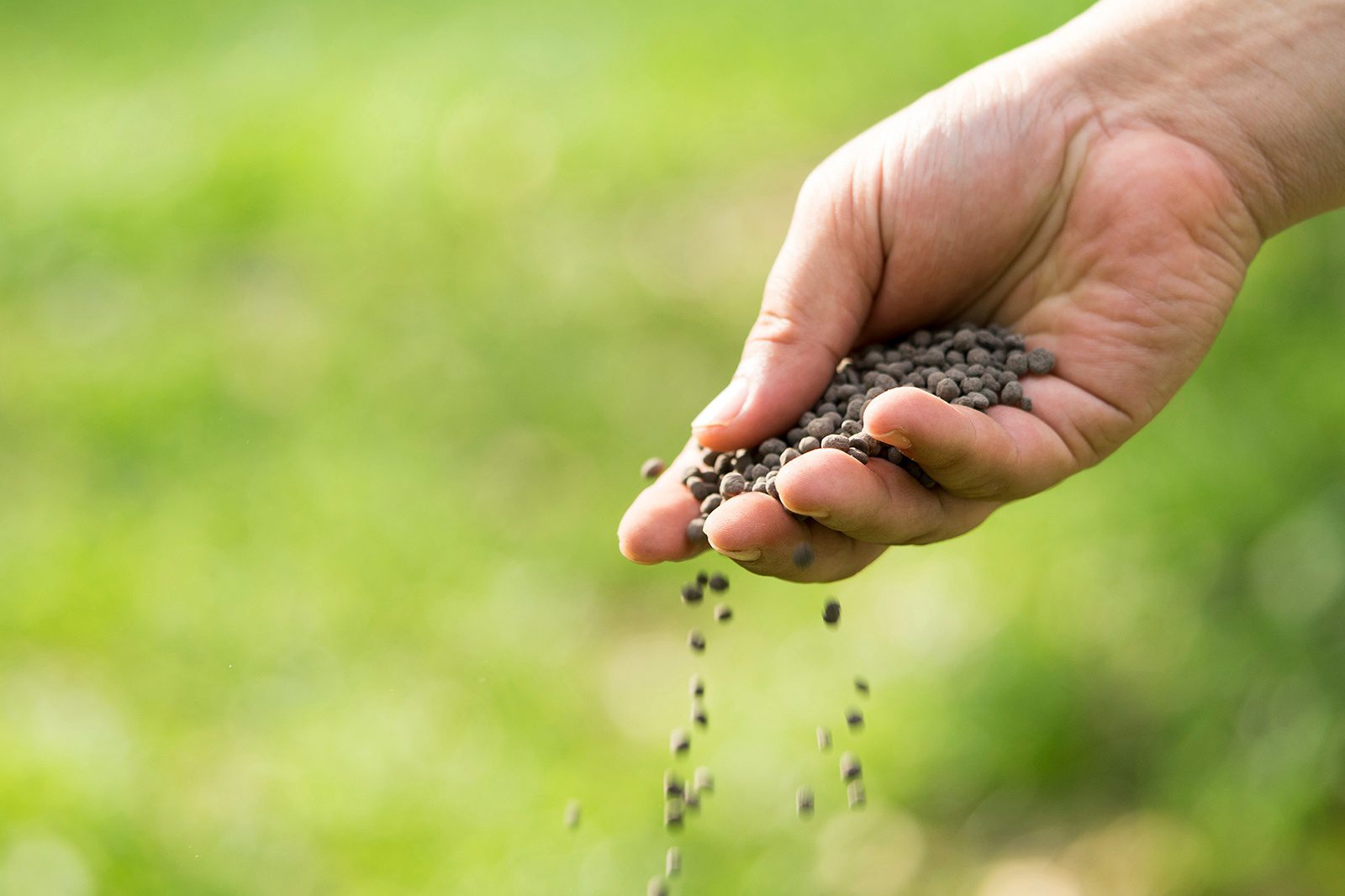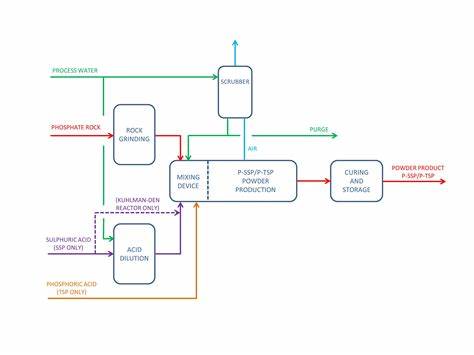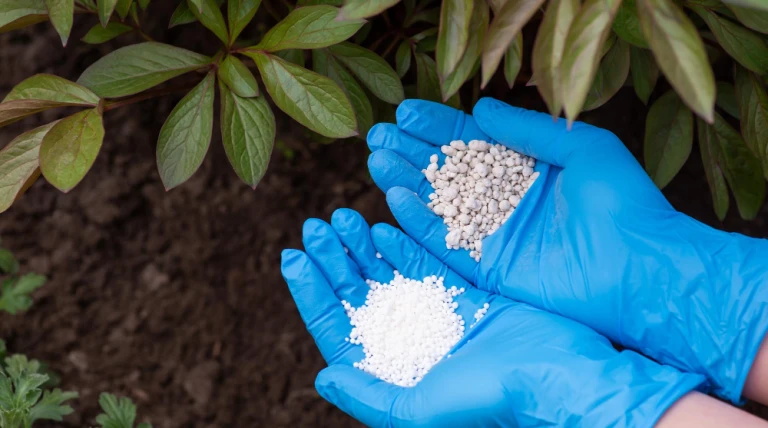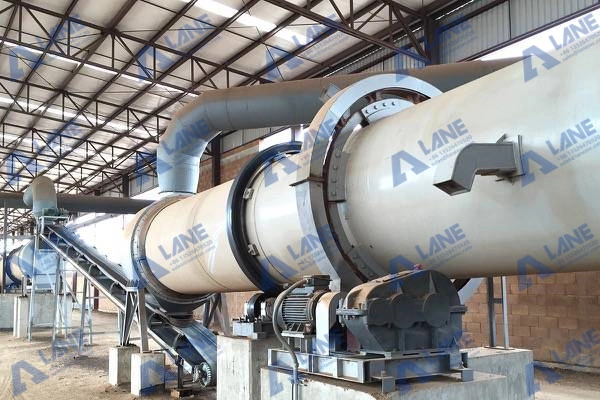Top Benefits of SSP in Sustainable Farming
- 2025-08-08
Single Super Phosphate (SSP) is one of the most widely used phosphate fertilizers in sustainable farming today. Made by chemically reacting phosphate rock with sulfuric acid, SSP supplies essential nutrients—phosphorus, calcium, and sulfur—that are vital for healthy crop growth. This article explains what SSP is, its functions, usage precautions, production process, and its role in sustainable farming.
What is Single Super Phosphate (SSP)?
Single Super Phosphate (SSP) is produced by treating phosphate rock with sulfuric acid. It typically contains about 12% to 14% phosphorus, along with rich amounts of calcium and sulfur. SSP appears as a white or off-white powder and is physiologically acidic, providing balanced nutrition for crops.
Benefits of Single Super Phosphate in Sustainable Farming
Phosphorus from SSP is a key element in plant cell nucleic acids and membranes, playing a vital role in energy transfer, photosynthesis, and root development. Calcium strengthens plant cell walls, enhancing disease resistance and environmental adaptability. Sulfur supports protein synthesis and enzyme function.
Using SSP in sustainable farming promotes:
-
Strong root systems for better water and nutrient uptake
-
Flower bud differentiation and increased flowering
-
Enhanced plant stress resistance to drought, pests, and diseases
Important Precautions When Using SSP Fertilizer
-
Apply appropriate amounts to avoid soil acidification.
-
Avoid mixing SSP with alkaline fertilizers to prevent reduced effectiveness.
-
Use SSP mainly as a base fertilizer before planting or sowing to maximize absorption.
-
Follow recommended application timing and methods for best results.
How is Single Super Phosphate Produced?
-
Crushing and Grinding: Phosphate rock is crushed and ground to increase surface area for chemical reactions.
-
Acidolysis Reaction: Ground rock is reacted with sulfuric acid to form superphosphate and calcium sulfate, following the equation:
Ca3(PO4)2 + 3H2SO4 → 3CaSO4 + 2H3PO4 -
Ripening: The mixture is aged under controlled temperature and time to separate SSP and byproducts, ensuring high product quality.
SSP vs. Diammonium Phosphate (DAP): Which is Better?
Both SSP and DAP serve as important phosphate fertilizers, but their use depends on soil conditions:
-
Diammonium Phosphate (DAP): Granular form, effective in increasing available phosphorus, especially in neutral to alkaline soils.
-
Single Super Phosphate (SSP): Contains sulfuric acid, beneficial for activating soil nutrients and improving acidic soil conditions.
Farmers often choose SSP when the soil phosphorus content is high or when sulfur supplementation is needed, while DAP is preferred as a base fertilizer in alkaline soils.
Disadvantages of Single Super Phosphate
-
Environmental Impact: Excessive use may increase phosphorus runoff, polluting water bodies.
-
Animal Growth: Large-scale, long-term SSP use may slow animal growth and affect feed efficiency.
-
Additive Interactions: SSP may show poor synergistic effects with some additives, occasionally causing side effects.
Why SSP is Important in Sustainable Farming
In sustainable farming, maintaining soil health and minimizing environmental harm is essential. SSP provides a slow-release, balanced source of phosphorus, calcium, and sulfur that supports crop growth while reducing nutrient losses and pollution risks. By choosing SSP, farmers can improve crop yields, promote soil microbial activity, and contribute to eco-friendly agricultural practices.
Best Practices for Using SSP in Sustainable Farming
-
Conduct soil tests to tailor SSP application rates.
-
Use SSP as a base fertilizer before planting.
-
Combine SSP with organic amendments and crop rotation.
-
Avoid over-application to protect soil and water health.
Potential Disadvantages and Environmental Considerations of SSP
While SSP offers numerous benefits, mindful management is necessary:
-
Phosphorus Runoff and Pollution: Excessive or improper SSP application can lead to phosphorus accumulation in runoff, causing eutrophication in water bodies.
-
Soil Acidification: The acidic nature of SSP means repeated heavy use may lower soil pH, affecting crop growth negatively.
-
Impact on Livestock: Some studies suggest that excessive SSP use can indirectly affect animal growth via changes in feed quality.
-
Interaction with Additives: SSP may not always synergize well with certain fertilizers or soil amendments, sometimes leading to nutrient imbalances.
Adopting integrated nutrient management approaches and soil testing can mitigate these risks.
Conclusion: Top Benefits of SSP in Sustainable Farming
In summary, the top benefits of SSP in sustainable farming lie in its unique ability to provide essential nutrients—phosphorus, calcium, and sulfur—in a balanced and environmentally friendly way. SSP enhances soil fertility, supports robust root and plant development, improves crop yield and quality, and helps maintain ecological balance by minimizing nutrient runoff. When applied correctly, SSP is a cost-effective, versatile fertilizer that fits perfectly into sustainable farming systems worldwide.
Choosing SSP as part of your nutrient management strategy ensures healthier soils, stronger crops, and a more sustainable agricultural future. Embracing the top benefits of SSP in sustainable farming is not just a smart farming practice—it’s a commitment to feeding the world responsibly and preserving natural resources for generations to come.
-






